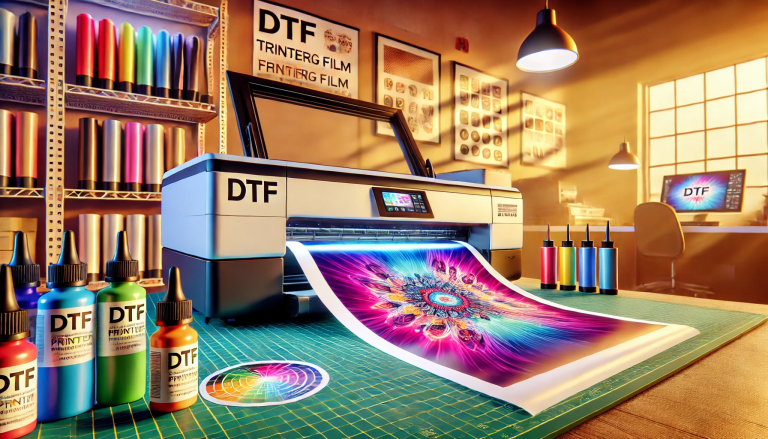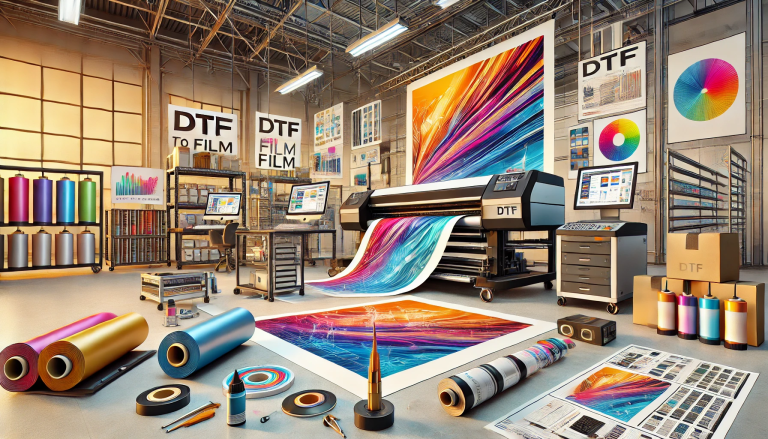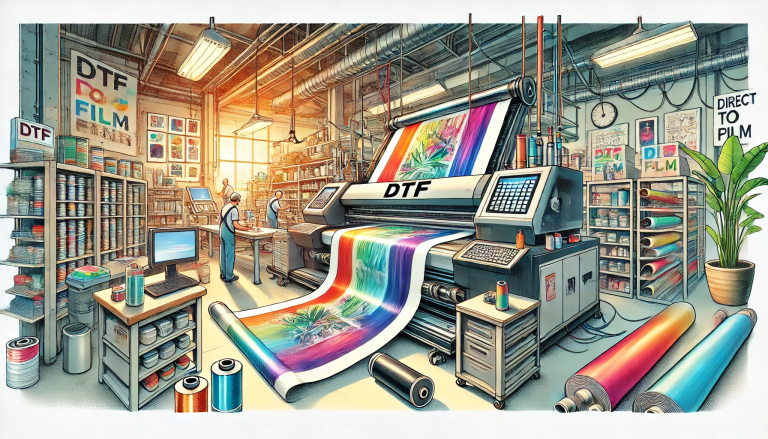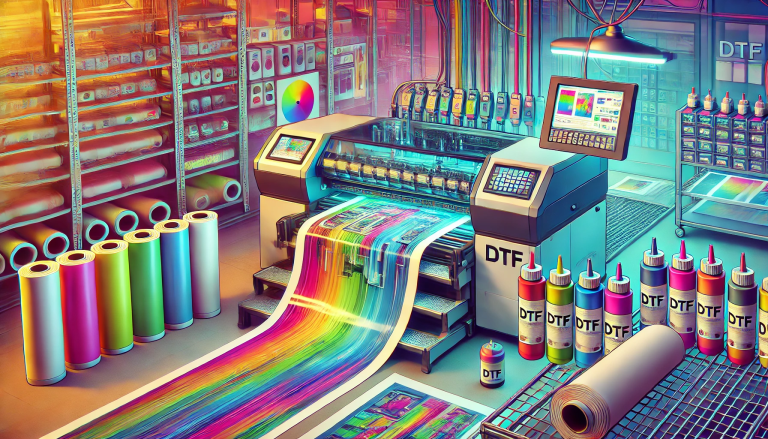DTF (Direct to Film) transfer is a cutting-edge printing technique that has revolutionized the textile and fashion industries. This method involves printing designs onto a special film which is then transferred onto fabric, allowing for high-quality, durable, and vibrant prints. The DTF transfer process has gained popularity for its flexibility, efficiency, and the superior quality of its prints compared to traditional printing methods like screen printing or DTG (Direct to Garment). In this essay, we will explore the DTF transfer process, its benefits, applications, and how it compares to other printing methods.
The DTF Transfer Process
The DTF transfer process consists of several key steps. First, a design is digitally printed onto a clear PET film using a special DTF printer. These printers use a specific type of ink that is formulated to adhere to the film and later be transferred to fabric. After printing, a powdered adhesive is applied to the wet ink. This powder only sticks to the printed areas. The film is then cured or dried, melting the adhesive powder into the ink. Once the printed film is ready, it is placed onto the fabric, and heat is applied through a heat press. The heat activates the adhesive, bonding the ink to the fabric, and the film is peeled away, leaving the design permanently affixed to the fabric.
Benefits of DTF Transfer
Versatility: DTF transfer can be used on a wide range of fabrics, including cotton, polyester, silk, and blends, without the need for pre-treatment. This makes it suitable for various applications, from T-shirts and hoodies to hats and bags.
Quality and Durability: DTF prints are known for their vibrant colors and sharp details. The prints are also highly durable, capable of withstanding multiple washes without fading or cracking, which is a common issue with other printing methods.
Cost-Effectiveness: For small to medium-sized runs, DTF is more cost-effective than traditional screen printing, as it does not require the creation of screens for each color. The setup time and costs are lower, making it an excellent option for custom orders and on-demand printing.
Eco-Friendly: The DTF process is relatively more eco-friendly compared to traditional methods. It generates less waste since there’s no need for water in the printing process, and the inks used are generally less harmful to the environment.
Applications of DTF Transfer
The versatility of DTF transfer has led to its application in various sectors. In fashion, it is used for creating detailed and colorful designs on garments. The sports industry benefits from the durability of DTF prints on sportswear and team jerseys. It’s also popular in the promotional goods sector, where it is used to create custom merchandise, such as bags, caps, and T-shirts.
Comparison with Other Printing Methods
While DTG (Direct to Garment) printing also offers high-quality, detailed prints, DTF transfer surpasses it in versatility and efficiency, especially for dark or colored fabrics, as DTG requires a white ink underbase for such fabrics. Screen printing, on the other hand, is more cost-effective for large runs but lacks the detail and color range that DTF can achieve. Furthermore, DTF’s ability to print on a broader range of materials without pre-treatment gives it a significant advantage.
Conclusion
DTF transfer represents a significant advancement in textile printing technology. Its versatility, quality, and cost-effectiveness make it a preferred choice for businesses and designers looking to produce high-quality printed fabrics. As technology continues to evolve, we can expect the DTF transfer method to become even more efficient and widely adopted, further transforming the landscape of textile printing. The ongoing developments in ink formulations and printing equipment promise to enhance the quality and sustainability of DTF prints, making it a cornerstone technique in the textile industry for years to come.






